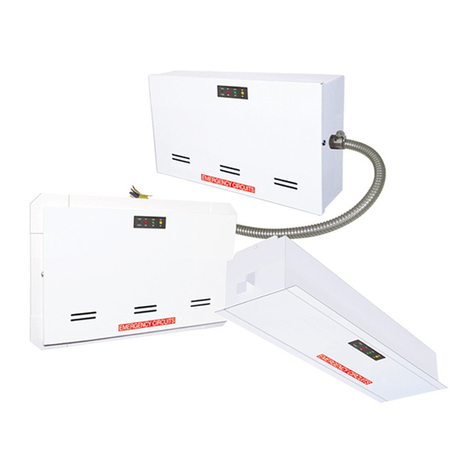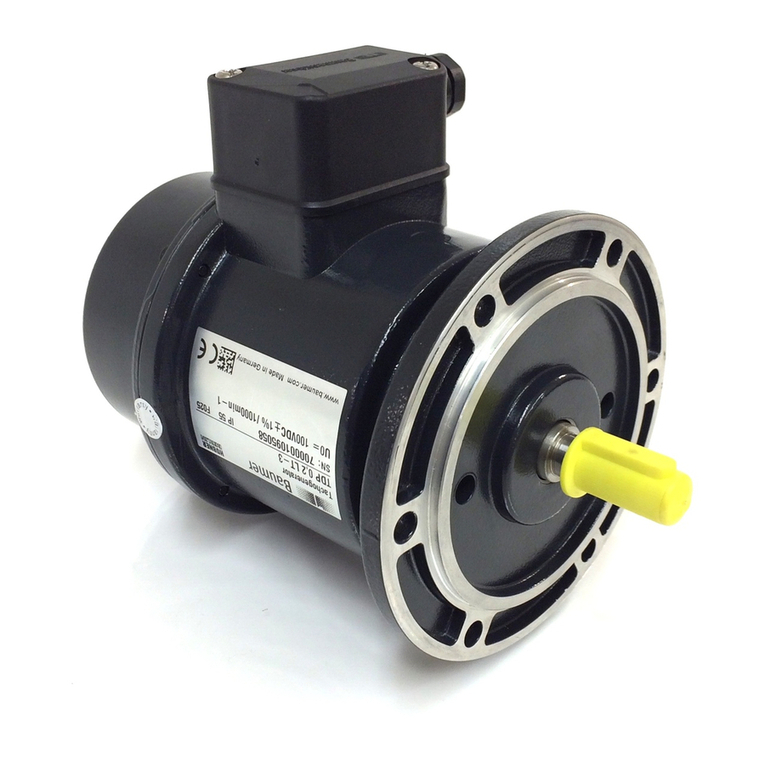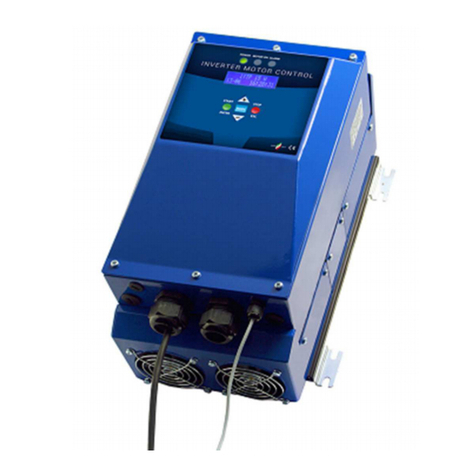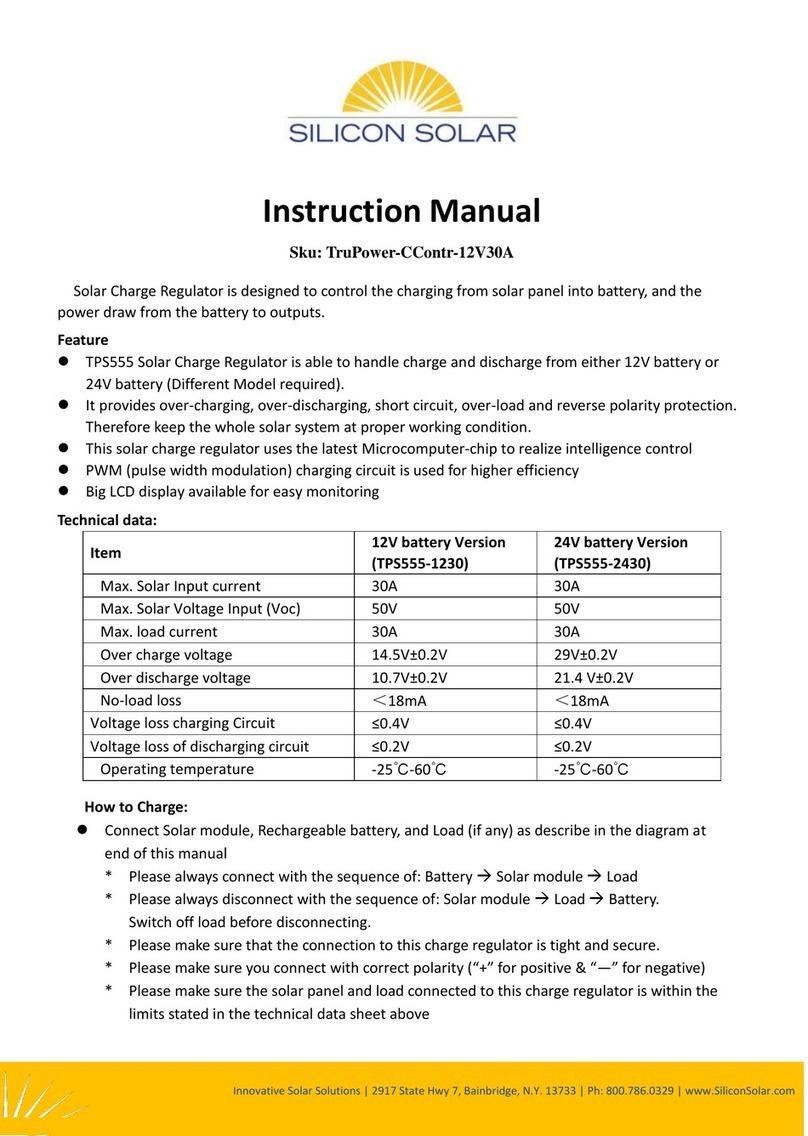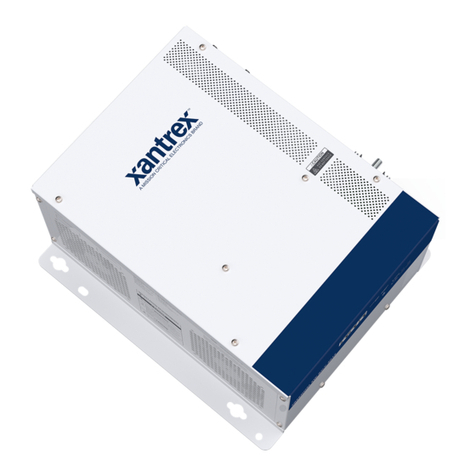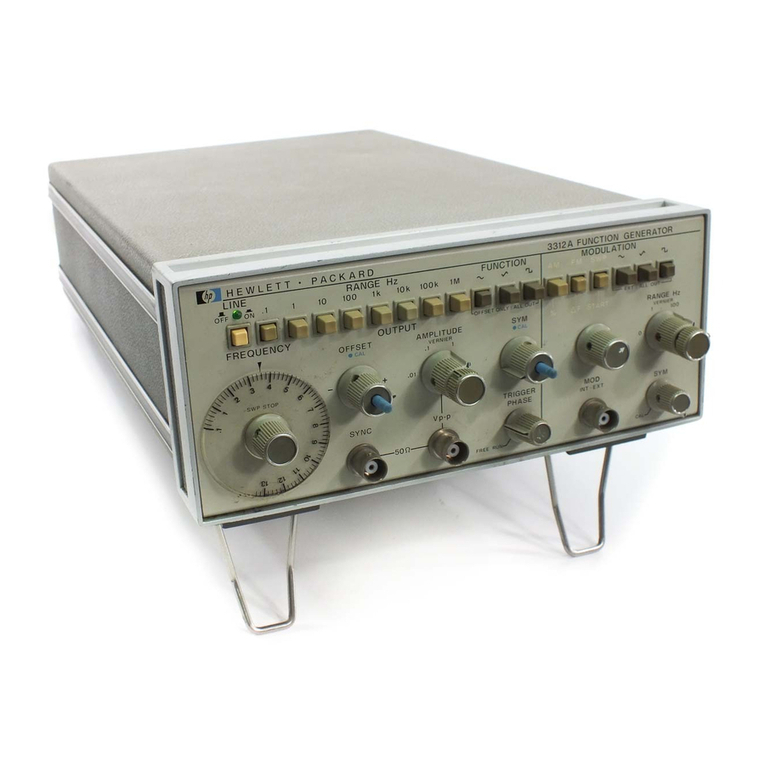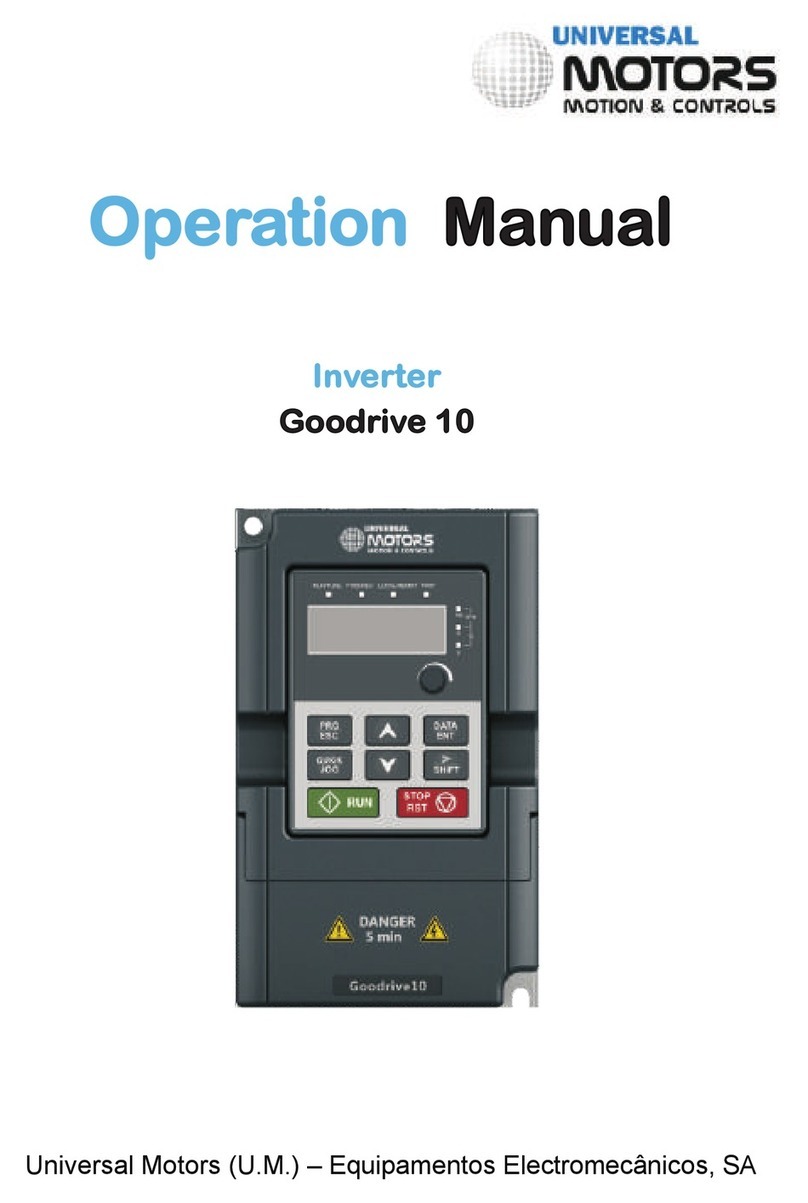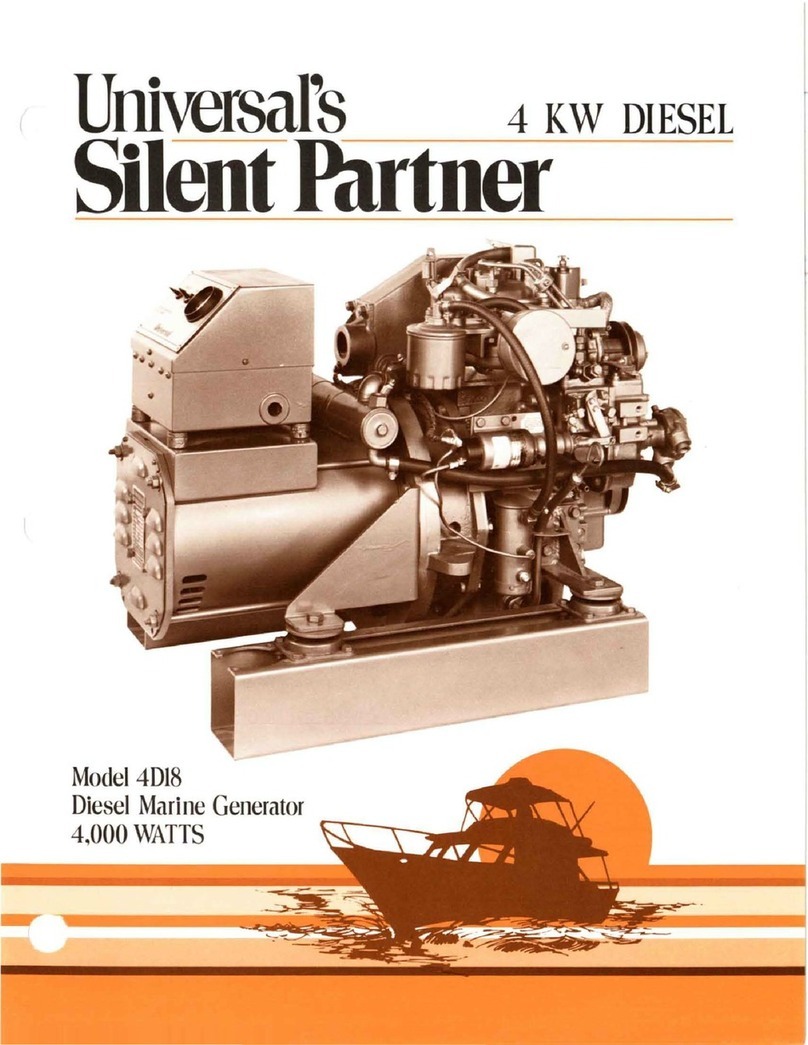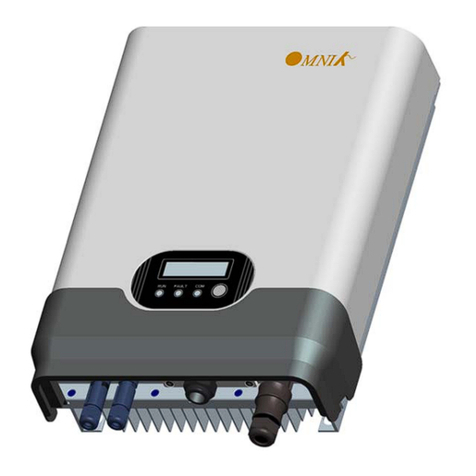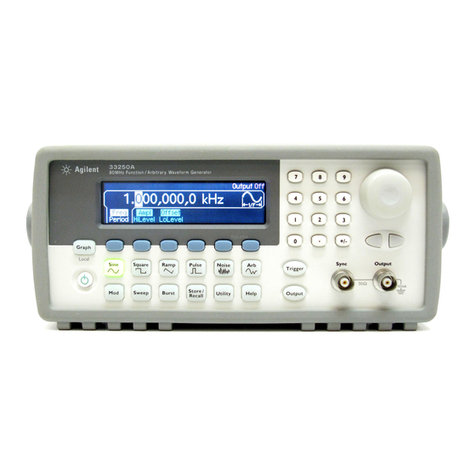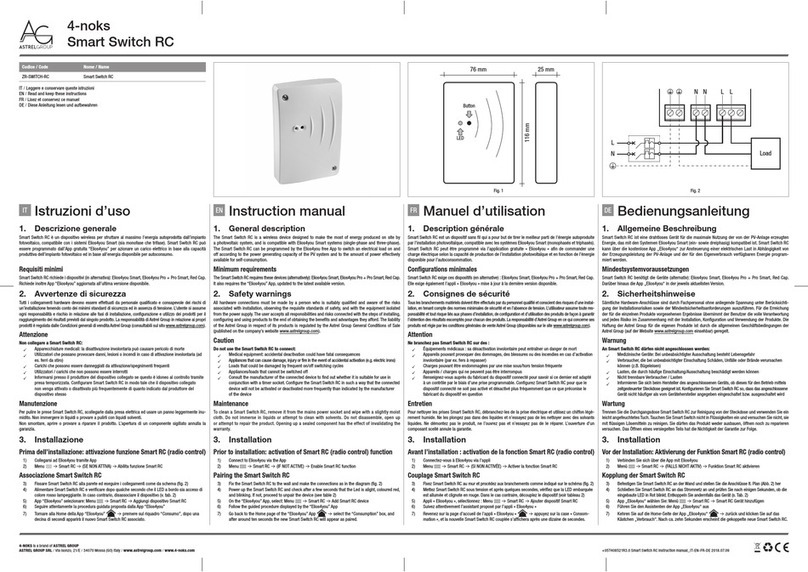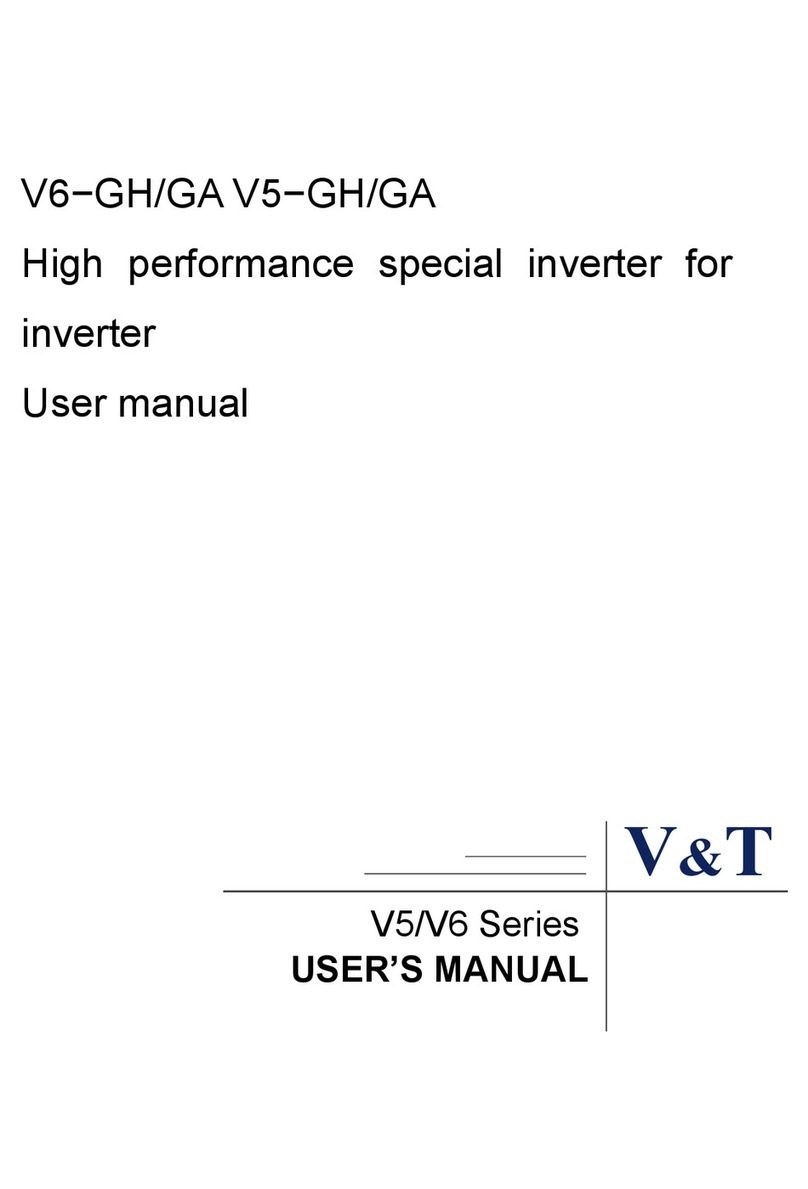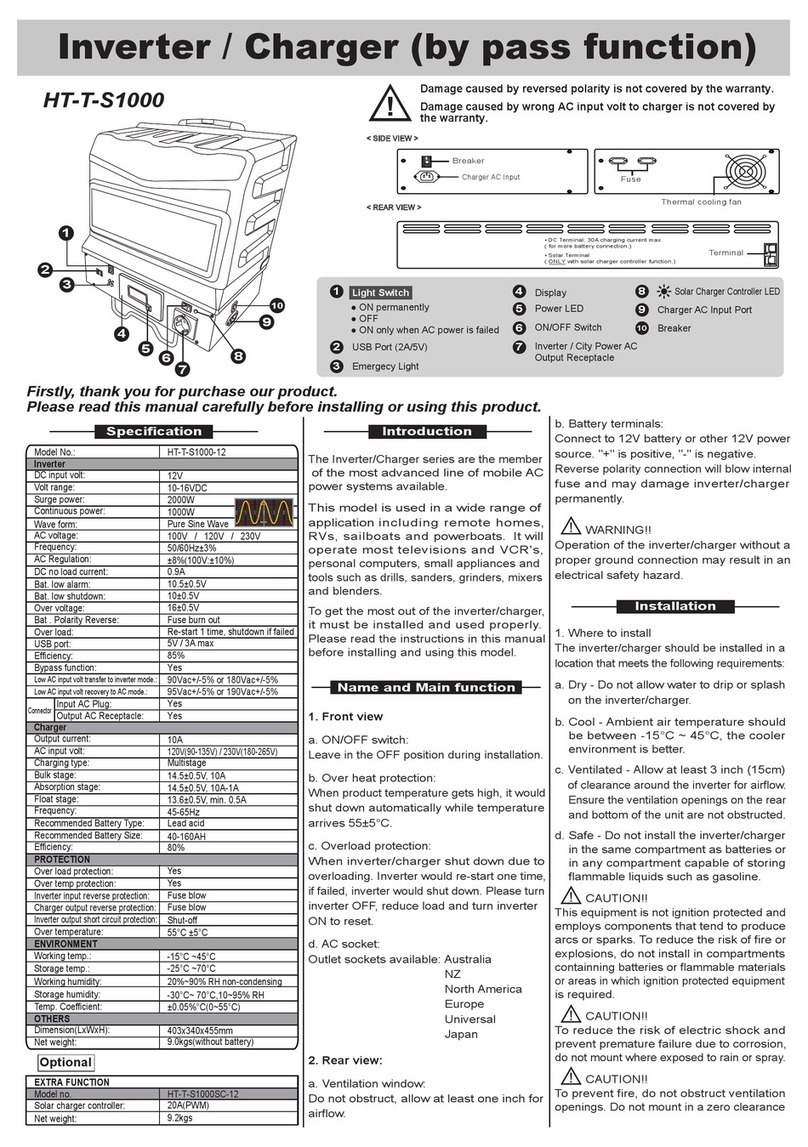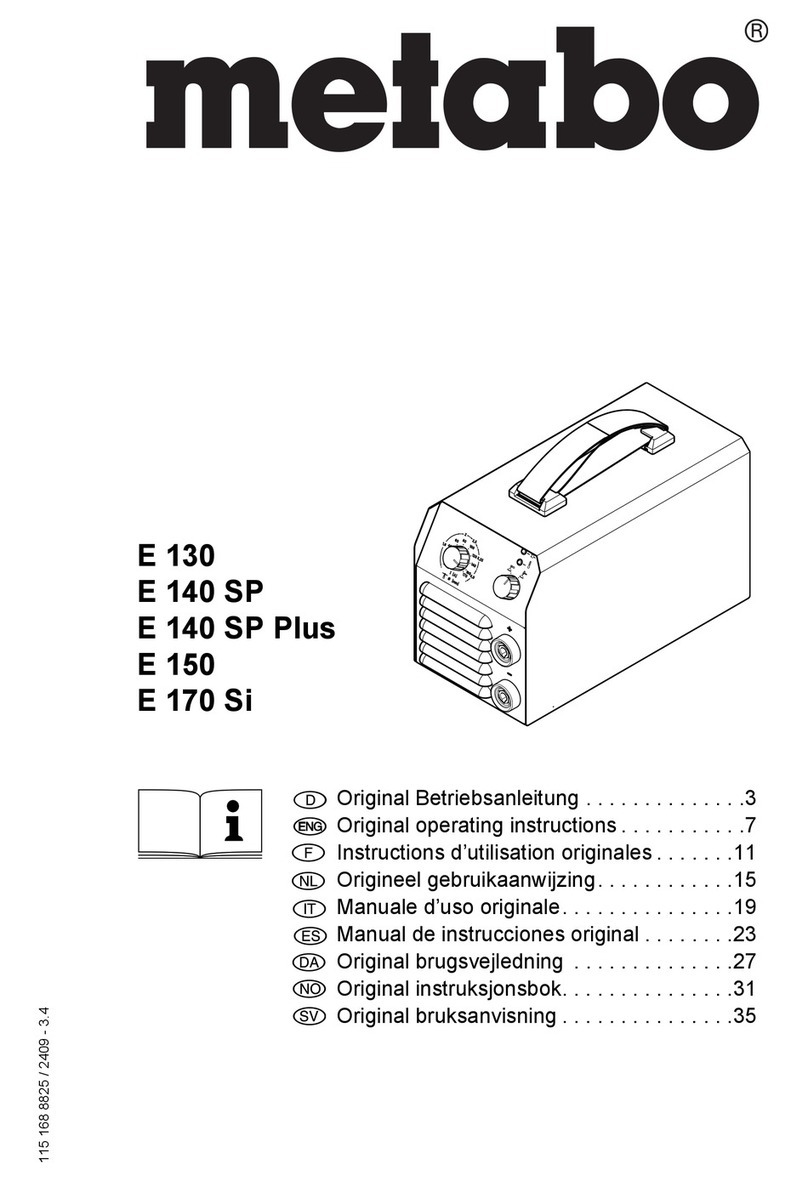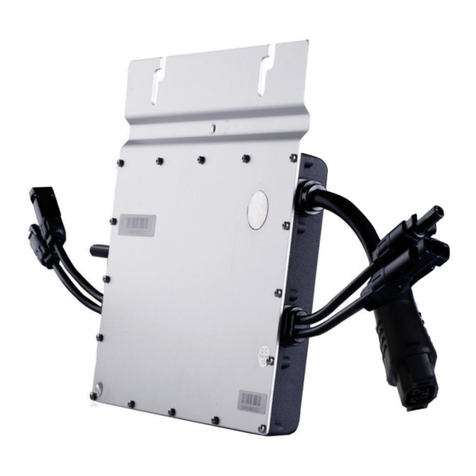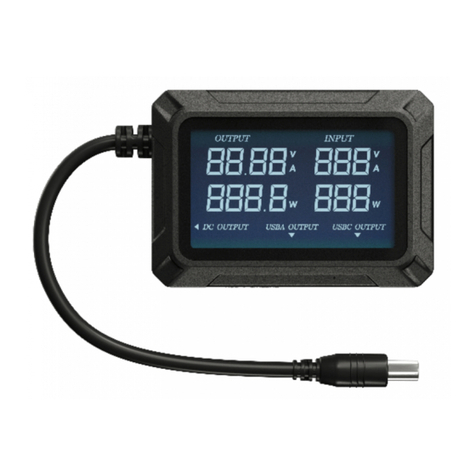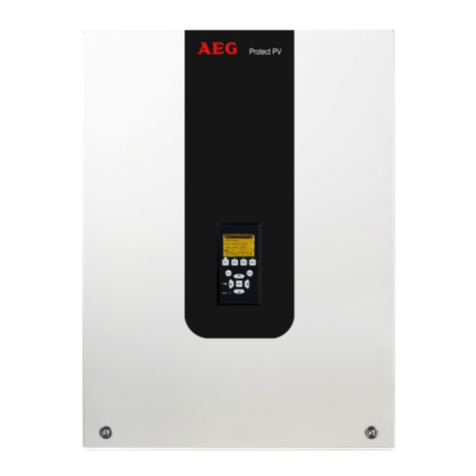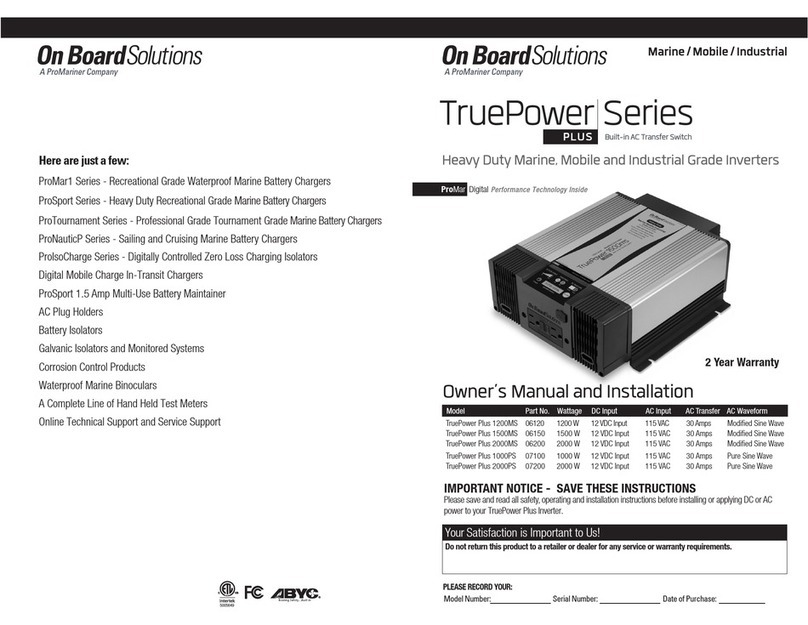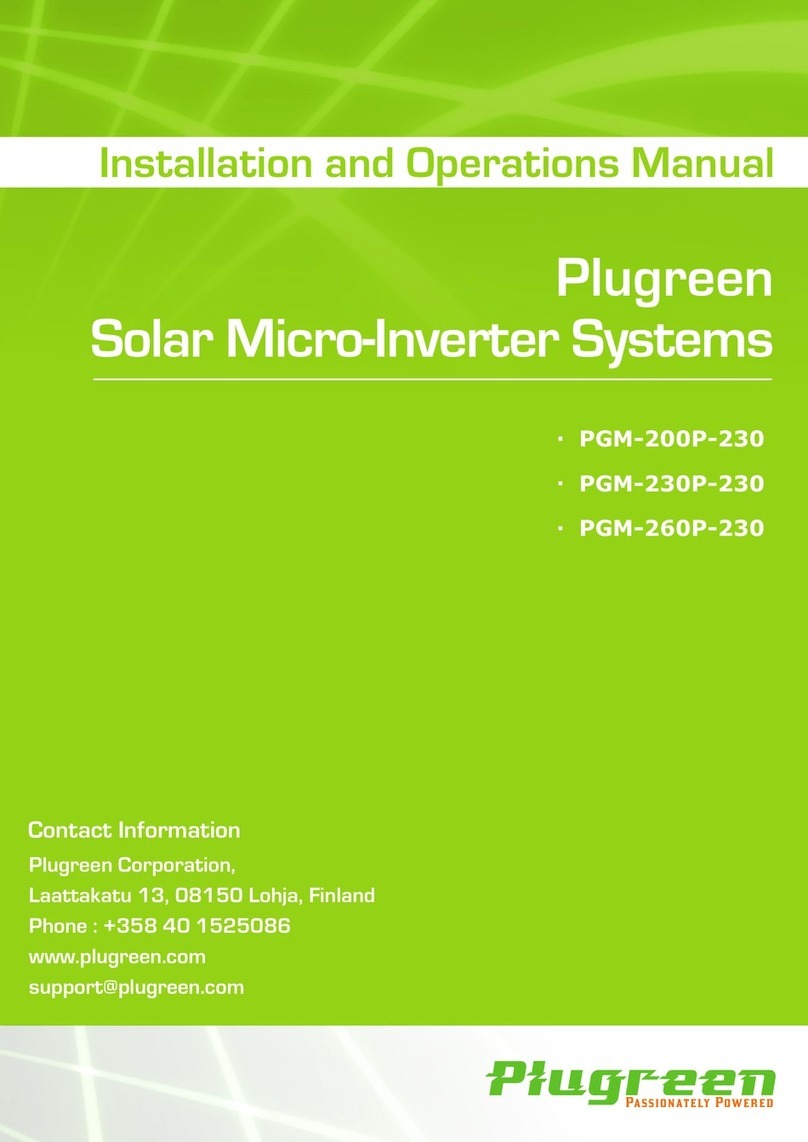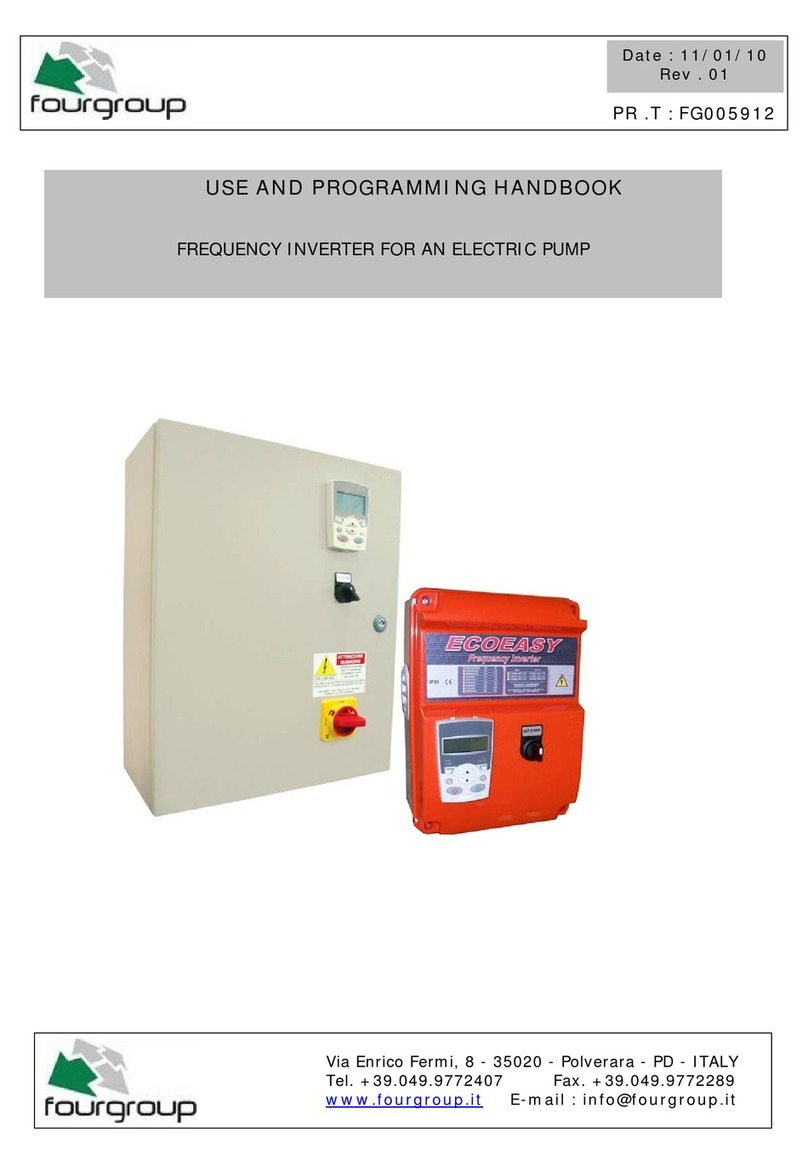UMP0 IP55 High-ingress Protection Series VFD Contents
-v-
6.7.2 Interference on communication ..................................................................281
6.7.3 Failure to stop and indicator shimmering due to motor cable coupling.........281
6.7.4 Leakage current and interference on RCD..................................................282
6.7.5 Live device chassis ....................................................................................283
7 Routine maintenance ...................................................................................................284
7.1 What this chapter contains....................................................................................284
7.2 Periodical inspection.............................................................................................284
7.3 Cooling fan...........................................................................................................286
7.4 Capacitor..............................................................................................................287
7.4.1 Capacitor reforming....................................................................................287
7.4.2 Electrolytic capacitor replacement ..............................................................288
7.5 Power cable .........................................................................................................288
8 Communication protocol .............................................................................................289
8.1 What this chapter contains....................................................................................289
8.2 Modbus protocol introduction................................................................................289
8.3 Application of Modbus...........................................................................................289
8.3.1 RS485........................................................................................................289
8.3.2 RTU mode .................................................................................................292
8.4 RTU command code and communication data......................................................295
8.4.1 Command code: 03H, reading N words ......................................................295
8.4.2 Command code: 06H, writing a word ..........................................................296
8.4.3 Command code: 08H, diagnosis.................................................................297
8.4.4 Command code: 10H, continuous writing....................................................298
8.4.5 Data address definition...............................................................................298
8.4.6 Fieldbus scale............................................................................................302
8.4.7 Error message response ............................................................................303
8.4.8 Read/Write operation example ...................................................................304
8.5 Common communication faults.............................................................................309
Appendix A Extension cards ..........................................................................................310
A.1 Model definition....................................................................................................310
A.2 Dimensions and installation..................................................................................318
A.3 Wiring ..................................................................................................................321
A.4 I/O extension card (EC-IO501-00) function description .........................................321
A.5 IO expansion card 2 (EC-IO502-00) .....................................................................323
A.6 Programmable extension card (EC-PC502-00) function description......................327
A.7 Communication card ............................................................................................329
A.7.1 Bluetooth communication card (EC-TX501) and WIFI communication card
(EC- TX502) .......................................................................................................329
A.7.2 PROFIBUS-DP communication card (EC-TX503).......................................332
A.7.3 Ethernet communication card (EC-TX504).................................................333
A.7.4 CANopen communication card (EC-TX505) and CAN master/slave control
communication card (EC-TX511).........................................................................334
A.7.5 PROFINET communication card ................................................................335
A.7.6 Ethernet/IP communication card (EC-TX510) and Modbus TCP
communication card (EC-TX515) ........................................................................337
A.8 PG extension card function description.................................................................340
A.8.1 Sin/Cos PG card (EC-PG502)....................................................................340
A.8.2 UVW incremental PG card (EC-PG503-05)................................................342
A.8.3 Resolver PG card (EC-PG504-00) .............................................................344
